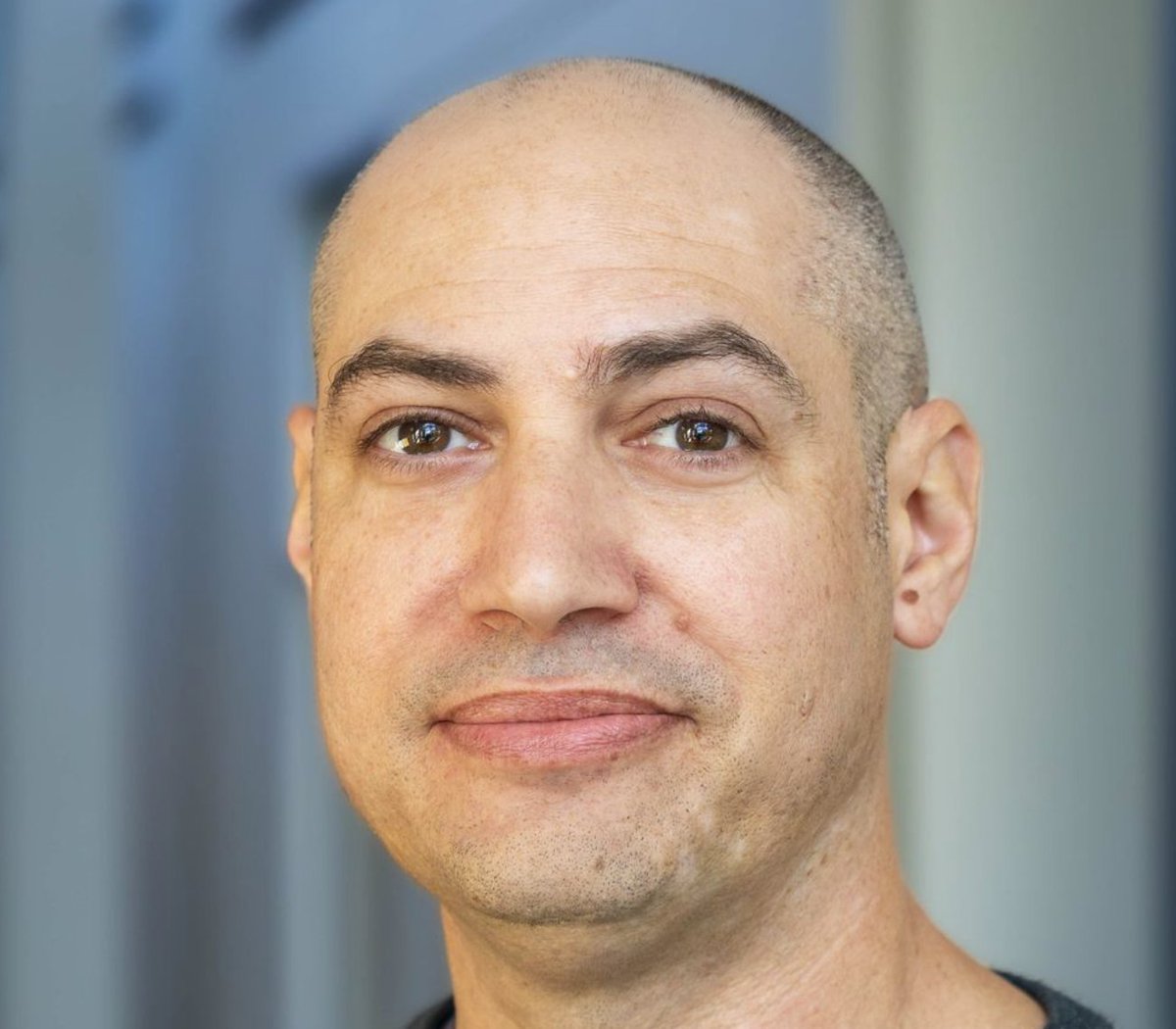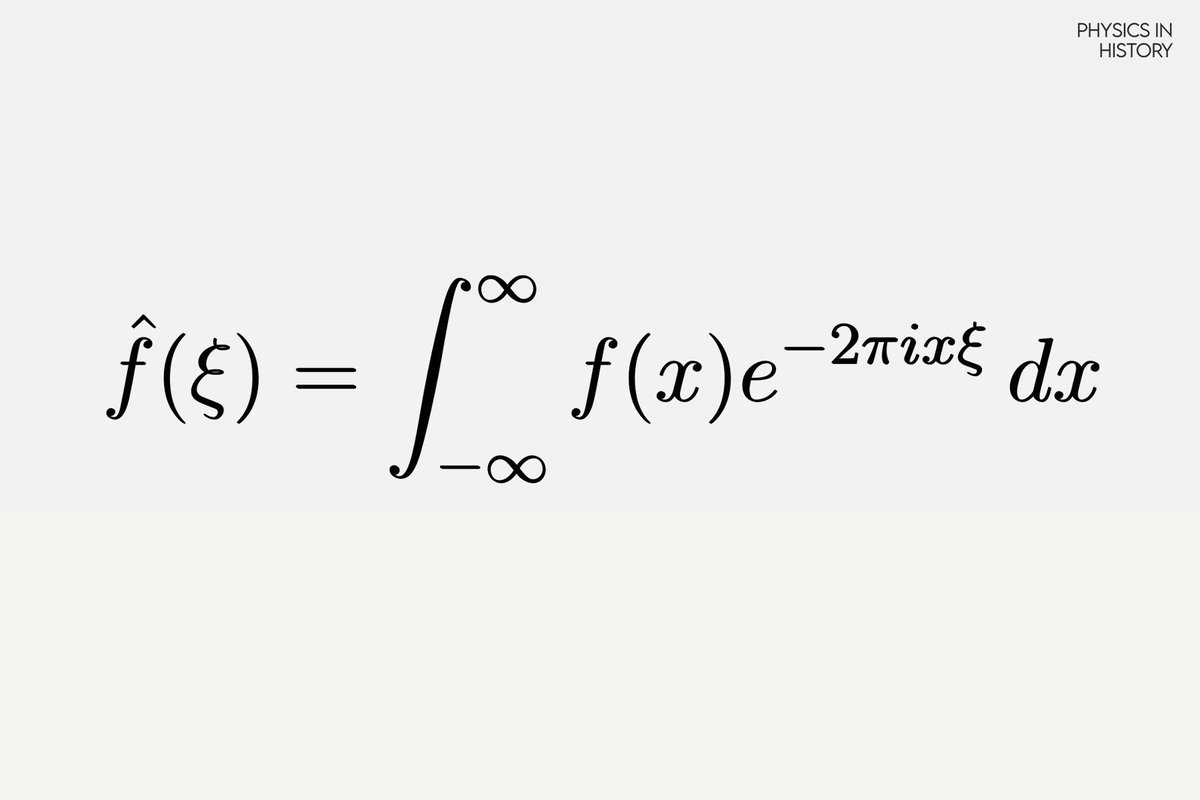
Simplifying Complexity
@bhcomplexity
A podcast that explores the underlying principles of complex systems - systems that defy our rational view of the world. By Sean Brady (@BradyHeywood).
ID: 1580110772499550208
https://omny.fm/shows/simplifying-complexity/playlists/podcast 12-10-2022 08:20:22
2,2K Tweet
2,2K Followers
2,2K Following

Our interview with Ricardo Hausmann is now available on YouTube. It discusses the role of 'knowledge' in an economy, and why examining a country's exports gives us a window into what it's good at making or can make. Watch at: youtube.com/watch?v=OjsEHN… Apple:


Why Australia is in an interesting place with respect to the green revolution by Ricardo Hausmann from the Harvard's Growth Lab. The full episode can be found at: YouTube: youtube.com/watch?v=OjsEHN… Apple Podcasts: podcasts.apple.com/au/podcast/wha… Spotify: open.spotify.com/episode/7cTHaw…





Part 2 of our episode with Paul Smaldino for #simplifyingcomplexity is now live. How cultural evolution shapes us - Part 2 Apple Podcasts podcasts.apple.com/au/podcast/sim… Spotify open.spotify.com/show/3SfqApqNW…




In our latest episode of #simplifyingcomplexity, Nicholas Gruen and Rory Sutherland go head to head to debate the virtues (or not) of 'systems thinking'. One of the most entertaining episodes we've ever recorded. Apple Podcasts podcasts.apple.com/au/podcast/sim… Spotify open.spotify.com/show/3SfqApqNW…




Hear Christopher W. Lynn from Yale University on the latest episode of #SimplifyingComplexity. How can we use the ideas of information theory and statistical mechanics to better understand the brain? Apple: buff.ly/3VTjG9I Spotify: buff.ly/3WaR9MA #complex #complexity




Hear Prof. Lee Cronin discussing Assembly Theory on the latest episode of #SimplifyingComplexity. This is Part 1. Apple: buff.ly/3VTjG9I Spotify: buff.ly/3WaR9MA #complex #complexity #ComplexSystems #ComplexityScience







